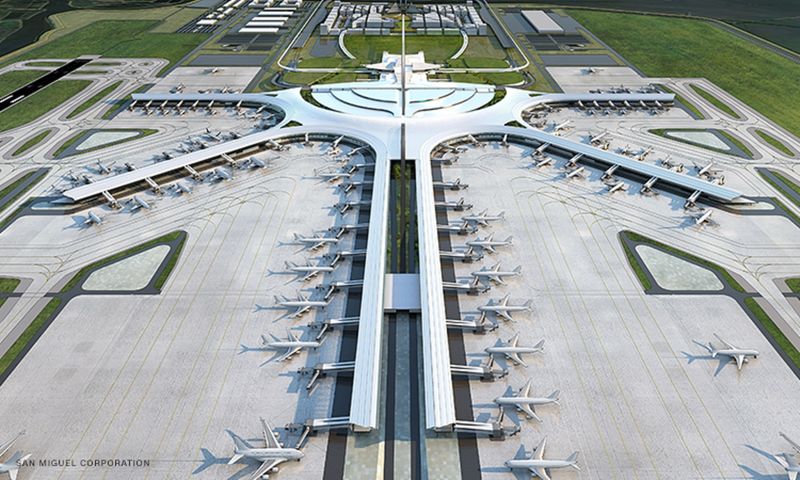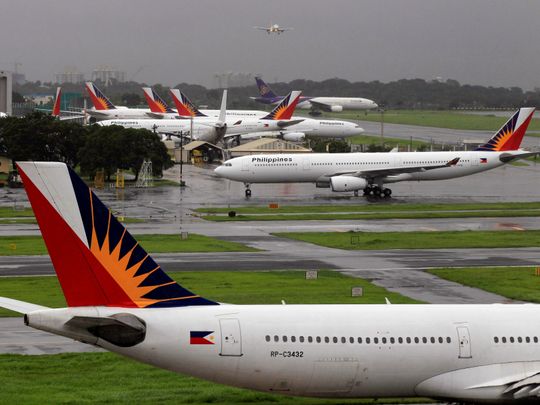
Highlights
- New international airport planned south of Manila to handle 100 million passengers a year.
- Second aviation gateway seeks to decongest overstretched single-runway Ninoy Aquino International in Philippine capital.
- Winning "super consortium" includes South Korean builder Samsumg C&T, as well as Filipino, German and British partners.
Manila: The construction giant that built Dubai’s Burj Khalifa has joined a “super consortium” now poised to build Manila’s second international airport in a project worth about $11 billion, the government has announced.
South Korea’s Samsung C&T Corp., with Filipino, German and British partners, recently won the right to build and operate Sangley Point International Airport (SPIA), located south of Manila, under a public-private partnership (PPP) deal.
SPIA, also known as Cavite Airport, will be Manila’s second gateway after the single-runway Ninoy Aquino International Airport (NAIA).
What’s the project all about?
SPIA is an $11-billion (Php617 billion) contract to develop Manila’s second aviation gateway which will have an additional capacity of 100 million passengers per year.
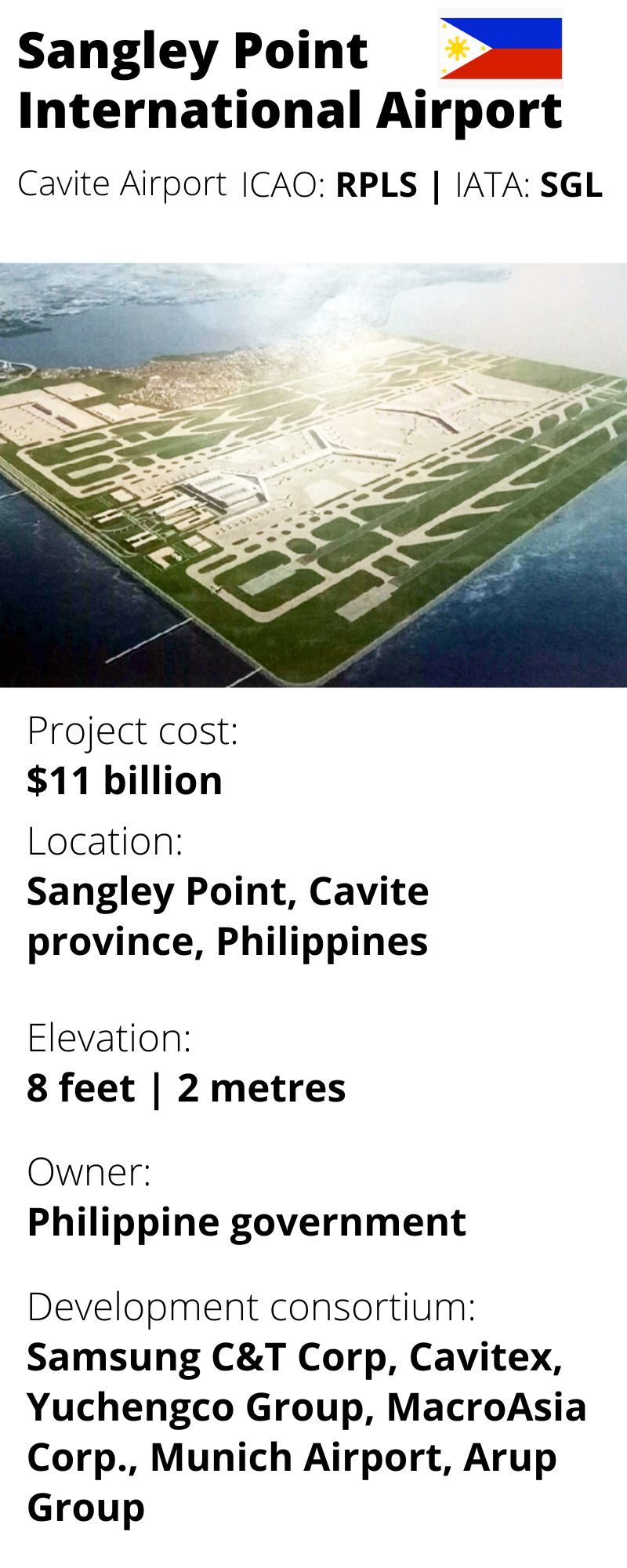
Where is Sangley Point?
Sangley Point Airport (IATA code: SGL | ICAO code: RPLS) is also also known as Cavite Airport — currently, a domestic airport in the Philippines. The airport site itself is planned to be adjacent to the Danilo Atienza Air Base.
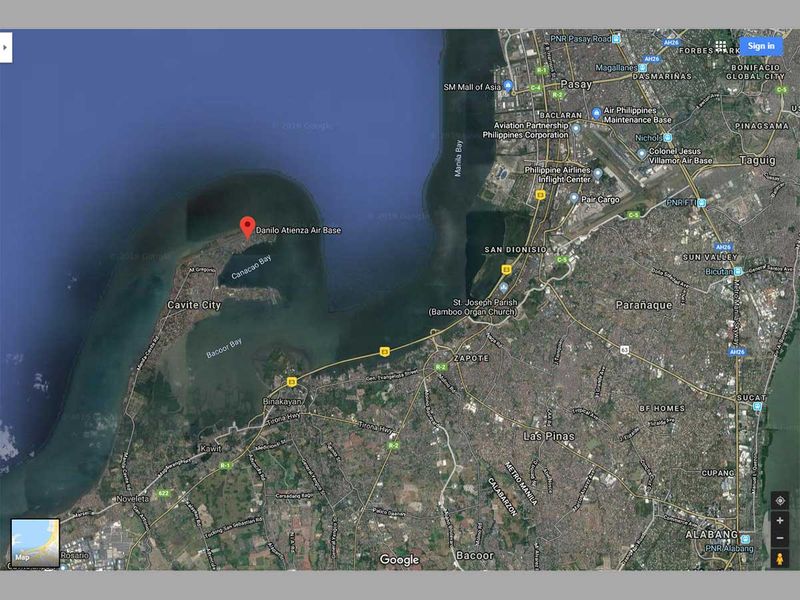
Commercial operations of Sangley Point as a domestic airport was inaugurated on February 15, 2020, by then-President Rodrigo Duterte, just before the pandemic-driven travel curbs came.
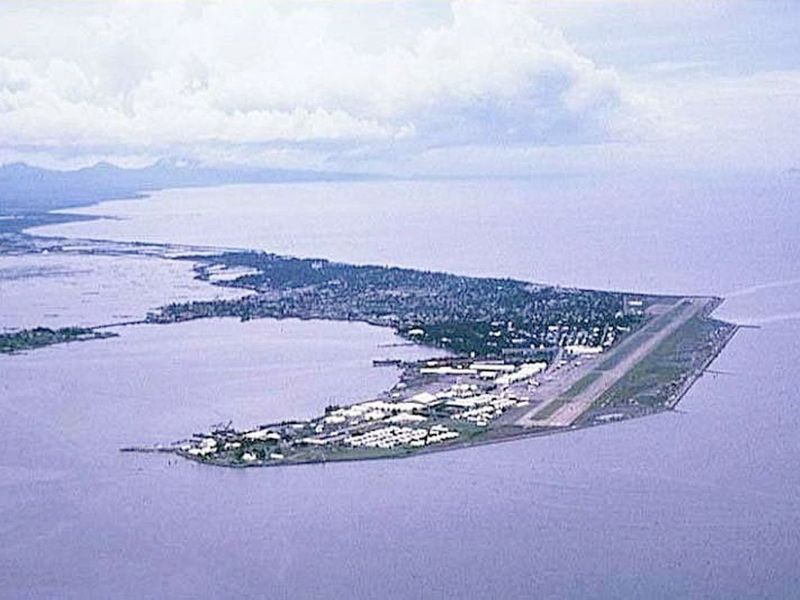
Why is Manila building another airport?
NAIA, which has been facing congestion issues pre-COVID, which has been operating at more than 130% beyond its rated capacity since 2018.
Following the easing of pandemic travel curbs, NAIA — which serves both domestic and international traffic through its 4 terminals — saw a 300% rise in international arrivals.
Who’s behind the consortium?
The SPIA Development Consortium, led by the Cavitex Holdings Inc. and Yunchengo group, has hurdled the competitive process — known as a “Swiss Challenge” — set by the provincial government of Cavite.
Samsung C&T is the same construction firm that built Kuala Lumpur’s Petronas Twin Towers, Taipei 101, the Changi Airport extension and the Terminal 1 of Incheon International Airport.
Will the government spend money on the SPIA project?
No taxpayers’ money will be spent on SPIA, valued at about Php616 billion in the local currency. The private consortium will take the commercial risk; the government gives certain guarantees, including the right to collect fees from end-users.
How did the “super consortium” win the project?
The declaration of the group’s winning bid was made by the Cavite government after its PPP selection committee concluded the 60-day competitive or “Swiss challenge” for the project on August 17.
On Tuesday (August 23), Cavite Governor Juanito Victor "Jonvic" Remulla told local media that the contract will be awarded to SPIA Development Consortium on September 15, 2022.
The Philippines PPP law, passed in 1990 (Republic Act No. 6957) under the Cory Aquino administration, has been increasingly used to finance public projects. Also known as the build-operate-transfer (BOT) law, numerous big-ticket projects were signed in the last 32 years:
- $128 million under President Fidel Ramos
- $202 million under President Joseph Estrada
- $35 million under President Gloria Macapagal-Arroyo
- $4.2 billion under President Benigno Simeon Aquino III
A huge chunk of the Php8-trillion (about $160 billion) infrastructure spending, with 112 "flagship projects", under former President Duterte (2016 to 2022) was also funded through PPP (many of them still on-going).
$ 180 b
infrastructure spending under President Rodrigo Duterte's "Build-Build-Build" program (from 2016 to 2022)What is a 'Swiss Challenge'?
A Swiss challenge, or a competitive challenge, is a form of public procurement which requires a public authority which has received an unsolicited bid for a public project — or for services to be provided to government — to publish the bid and invite third parties to match or better it. The Cavite provincial government said no competing bid was submitted during the period.
Who are the members of the winning consortium?
Lead member of the SPIA Development Consortium are:
[a] Cavitex Holdings Inc. (CHI)
Responsible for the development, design and construction of the Manila-Cavite Expressway (Cavitex) that was eventually acquired by Metro Pacific Investments Corp.
[b] The Yuchengco Group of Companies (YGC)
A Philippine-based conglomerate engaged in construction, infrastructure development, banking, insurance, and automotive services, among others.
[c] MacroAsia Corp.
The Lucio Tan-led company is the country’s leading aviation support and services provider. It will provide management and technical services for aviation support as well as the logistics component of the project. It is a non-equity member of the consortium.
[d] Samsung C&T Corp.
The South Korean company built Petronas Twin Towers in Kuala Lumpur, the iconic Burj Khalifa in Dubai, Terminal 1 of the Incheon International Airport, and the extension of the Changi International Airport and Taipei 101. Samsung C&T also built the Incheon Bridge and the Yeongjong Bridge, the main access and support infrastructure to Incheon International Airport.
[e] Munich Airport International GmbH
The management services arm of Munich Airport, Europe’s only five-star rated airport and certified best airport for the past 14 years. In 2019, it handled 47.9 million passengers.
[f] Arup Group
London-based Arup Group is renowned as the creative planning, design, and engineering force at the heart of many high-profile development projects in the world.
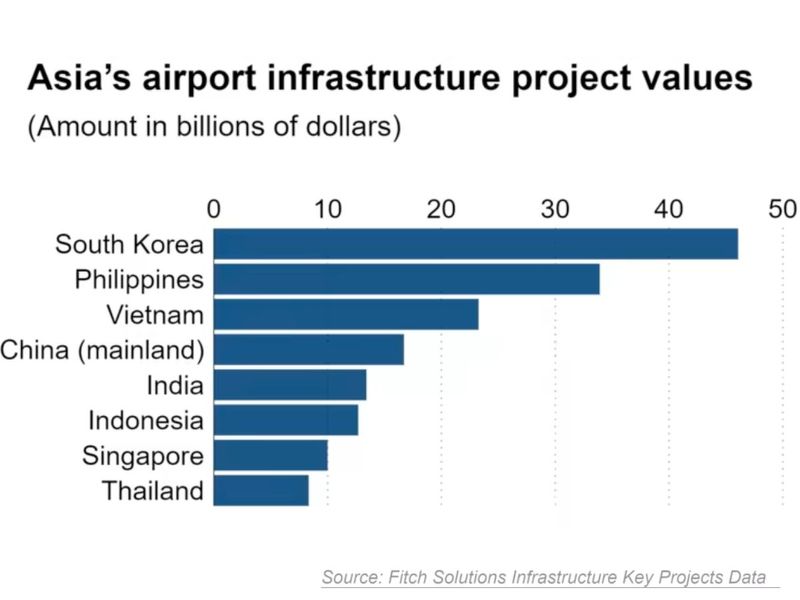
Another airport planned north of Manila
SPIA will compete with San Miguel Corp (SMC)'s proposed Php734-billion airport project in Bulacan province, north of Manila.
SMC has proposed a new four-runway international Airport located in Bulacan, about 30 minutes north of the Philippine capital.
The groundbreaking of the $13.36-billion New Manila Internatioanl Airport (NMIA) began on October 14, 2020. Construction of the first phase of construction on the project, which includes two runways and the terminal buildings, began on March 18, 2022.
NMIA will be developed in multiple phases on a 2,500-hectare property with a capacity for up to 100 million passengers annually. It is planned for completion in 2026.
